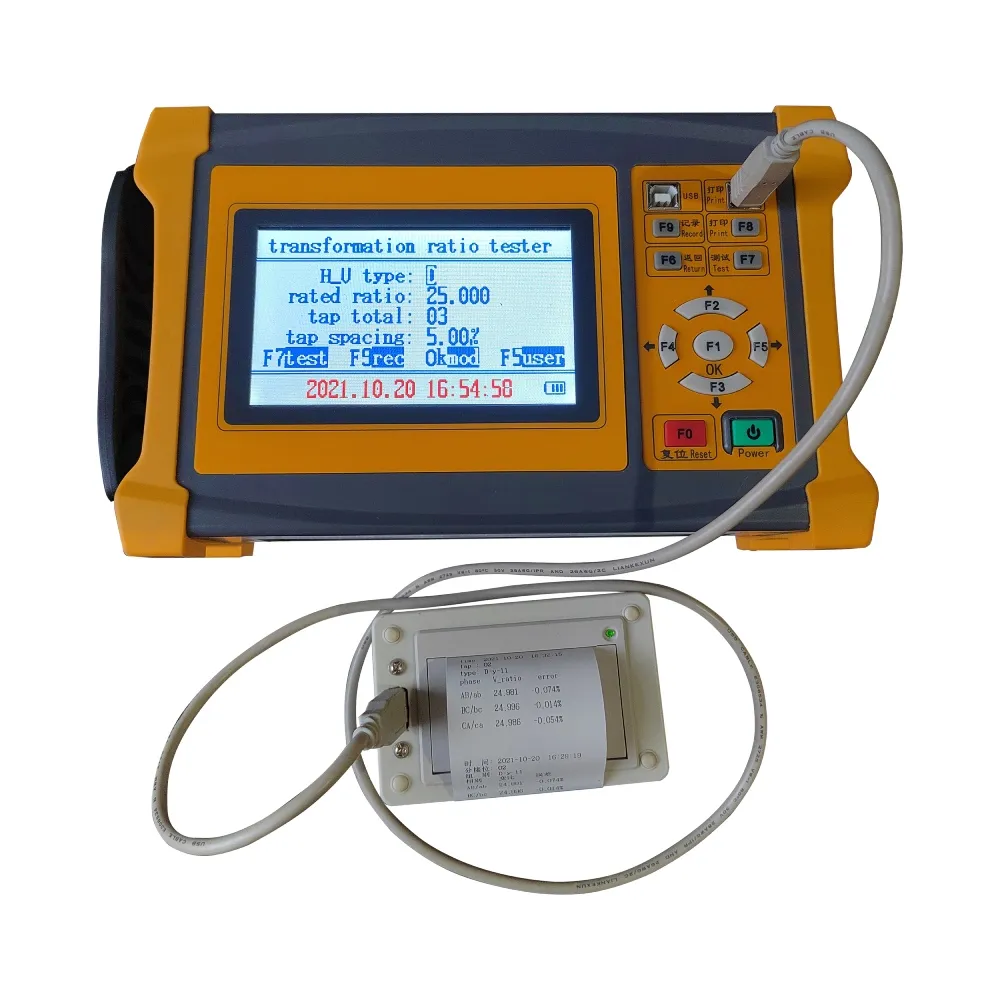 English
English


Investigation of Redox Titration Techniques Using Potentiometric Measurements for Accurate Analyte Determination
Redox Titration by Potentiometry A Comprehensive Overview
Redox titration, or oxidation-reduction titration, is a decisive analytical technique used to determine the concentration of oxidizing or reducing agents in a solution. Unlike traditional titrations that rely on colorimetric indicators, redox titration by potentiometry utilizes the measurement of electrical potential to ascertain the endpoint of a reaction. This method is favored for its precision and the ability to minimize subjective interpretation, making it essential in both academic research and industrial applications.
At the core of redox titration by potentiometry is the electrochemical cell, which comprises two electrodes a working electrode and a reference electrode. The working electrode is typically a metal or a modified surface that participates in the redox reaction, while the reference electrode maintains a constant potential against which the working electrode’s potential can be measured. Commonly used reference electrodes include the standard hydrogen electrode (SHE) and the calomel electrode.
During a titration, a known titrant is added to an analyte solution containing a reducible or oxidizable species. As the titrant is incrementally added, chemical reactions occur that change the concentrations of the reactants and products in the solution. This change in concentration is directly reflected in the potential of the working electrode, which is monitored in real time. The resulting potential data is plotted against the volume of titrant added to create a titration curve. The point at which the curve shows a sharp change in potential signifies the endpoint of the titration.
One of the significant advantages of potentiometric titration is its ability to precisely determine the equivalence point. In traditional visual titrations, the color change may not accurately indicate the exact moment of reaction completion due to subjective observation. In contrast, potentiometric detection provides a clear, quantifiable signal that delineates the transition between oxidized and reduced states.
redox titration by potentiometry

Moreover, the instrumentation used in potentiometric titration has seen considerable advancements, with modern potentiometric titrators integrating automated systems for both titrant delivery and data analysis. This improvement enhances reproducibility and accuracy while reducing human error. Additionally, the ability to conduct these titrations under controlled environmental conditions—such as temperature and pH—further solidifies their reliability.
Potentiometric redox titrations find applications across various fields, including environmental analysis, pharmaceuticals, and food science. For instance, they are crucial in determining the concentration of chlorine in water samples, assessing the quality of food products, and evaluating the purity of active pharmaceutical ingredients. The method’s sensitivity and specificity make it an indispensable tool for compliance with regulatory standards, ensuring that products are safe for consumption and meet quality criteria.
Furthermore, the technique can be adapted for use with different types of redox systems. For example, when working with weak acids or bases, the pH of the solution can significantly influence the redox behavior. In such cases, potentiometric titration allows for simultaneous pH measurements, providing deeper insights into the nature of the chemical equilibria involved.
In conclusion, redox titration by potentiometry stands out as a reliable and efficient analytical method, characterized by its precision and versatility. By leveraging advancements in electrochemical technology, it continues to play a pivotal role in various sectors, facilitating qualitative and quantitative analysis of redox-active species. As research progresses and new applications are discovered, the significance of potentiometric titration is destined to grow, solidifying its status as a cornerstone of analytical chemistry.
-
Differences between open cup flash point tester and closed cup flash point testerNewsOct.31,2024
-
The Reliable Load Tap ChangerNewsOct.23,2024
-
The Essential Guide to Hipot TestersNewsOct.23,2024
-
The Digital Insulation TesterNewsOct.23,2024
-
The Best Earth Loop Impedance Tester for SaleNewsOct.23,2024
-
Tan Delta Tester--The Essential Tool for Electrical Insulation TestingNewsOct.23,2024





